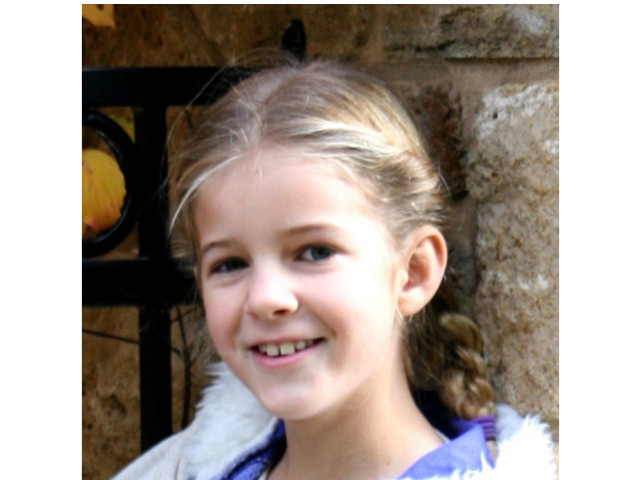A child has died after contacting a brain eating disease from a lake in Kansas.
According to the Kansas Department of Health and Environment, a Johnson County resident has died after contracting Naegleria fowleri, a free-living amoeba found in freshwater. An investigation indicates there were several potential fresh water exposures in Kansas, so the actual source of the infection cannot be determined.
The victim is 9-year-old Hally “Bug” Nicole Yust of Spring Hill.
This is the second known case of the fatal disease in Kansas. The first case occurred in 2011.
Naegleri fowleri can be found in freshwater environments around the world, but infection causing PAM is extremely rare. From 1962 to 2013, there have been 132 cases reported in the United States, with 34 of those cases occurring from 2004 to 2013. Most cases have occurred in southern-tier states. The risk of infection is very low, but increases during the summer months when water temperatures rise and more people participate in water-related activities. The infection typically occurs when the amoeba enters the body through the nose while the person is swimming underwater or diving and travels to the brain.
Symptoms usually appear about five days after infection, but can range between one and seven days, and include headache, fever, nausea and vomiting, stiff neck, confusion, lack of attention to people and surroundings, loss of balance and bodily control, seizures, and hallucinations. This infection cannot be spread from person to person or contracted from a properly maintained swimming pool.
Though the risk of infection is extremely low, the following precautions might decrease the possibility of infection:
* Hold your nose shut, use nose clips, or keep your head above water when taking part in water-related activities in bodies of warm freshwater.
* Avoid putting your head under the water in hot springs and other untreated thermal waters.
* Avoid water-related activities in warm freshwater during periods of high water temperature.
* Avoid digging in, or stirring up, the sediment while taking part in water-related activities in shallow, warm freshwater areas.
There is no known way to control the occurrence of Naeglaria fowleri in freshwater lakes and rivers.



